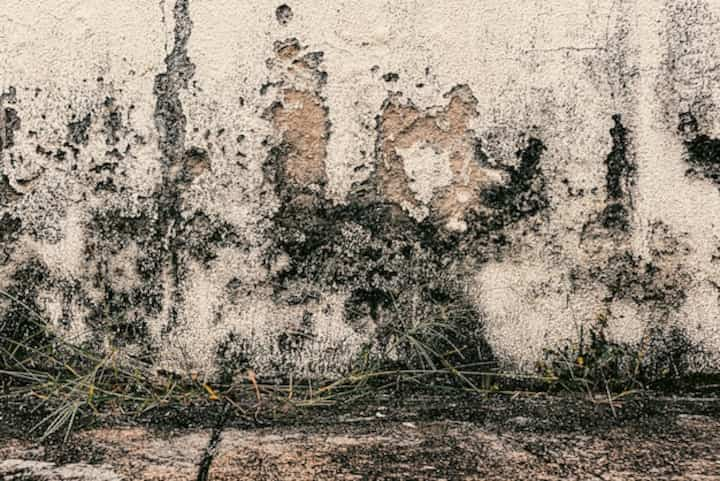
Expert Mold Encapsulation Services The Key to Effective Mold Removal
Mold can be a persistent problem in many buildings, leading to various health issues and structural damage if not addressed promptly. While traditional mold removal methods often involve physically removing the mold, encapsulation offers an innovative solution that can effectively halt mold growth. Mold encapsulation involves sealing the mold and contaminated surfaces with specialized products that prevent mold spores from spreading. This method is gaining popularity due to its efficiency and long-term benefits. Understanding the intricacies of mold encapsulation and how it fits into a comprehensive mold remediation strategy is crucial for homeowners and property managers alike.
Understanding Mold Encapsulation
Mold encapsulation is a process that involves treating mold-affected areas with a sealant. This sealant creates a barrier that prevents mold spores from becoming airborne and spreading to other areas. It's particularly useful in situations where complete mold removal is impractical or when additional protection is needed after mold removal.
Benefits of Mold Encapsulation
- Prevents Mold Spore Spread: By sealing the mold, encapsulation minimizes the risk of spores contaminating other areas.
- Cost-Effective: Compared to extensive mold removal and reconstruction, encapsulation can be a more affordable option.
- Long-Term Protection: Encapsulation provides a lasting barrier against mold, helping to prevent future outbreaks.
When to Consider Mold Encapsulation
Deciding when to use mold encapsulation as part of a remediation strategy requires careful assessment. Here are some scenarios where encapsulation is particularly beneficial:
- Hard-to-Reach Areas: In cases where mold is located in difficult-to-access places, such as inside walls or ceilings, encapsulation can be an effective alternative to demolition.
- Post-Remediation Assurance: After traditional mold removal, encapsulation can serve as an additional measure to ensure no residual spores remain. Read more about this topic.
- Structural Integrity Concerns: If removing mold would compromise the structure of a building, encapsulation offers a way to contain the problem without causing damage.
Steps in the Mold Encapsulation Process
The encapsulation process involves several key steps to ensure effectiveness and safety:
- Assessment: A thorough inspection is conducted to identify the extent of mold contamination and determine the suitability of encapsulation.
- Preparation: The affected area is cleaned and dried to ensure the sealant adheres properly. This may involve removing loose mold and drying out moisture-rich environments.
- Application: A specialized encapsulant is applied to the affected surfaces, forming a protective barrier. This step must be performed carefully to ensure complete coverage.
- Verification: Post-encapsulation verification ensures that the process has been successful and that mold growth is effectively contained. Learn more in this detailed guide.
Choosing the Right Encapsulation Products
Selecting the appropriate encapsulation products is critical for the process's success. Factors to consider include:
- Surface Type: Different materials require different types of encapsulants for optimal adhesion and effectiveness.
- Environmental Conditions: Consider humidity, temperature, and ventilation when choosing a product to ensure it performs well under specific conditions.
- Safety: Ensure the chosen encapsulant is non-toxic and safe for use in indoor environments. Explore further insights here.
Conclusion
Expert mold encapsulation services play a crucial role in the effective management of mold problems, offering a viable option when traditional removal methods are not feasible. By understanding the process, benefits, and appropriate applications of encapsulation, property owners can make informed decisions to protect their buildings and occupants. To ensure the best outcomes, it's essential to consult with professionals who are experienced in mold remediation and encapsulation. Find additional information here.